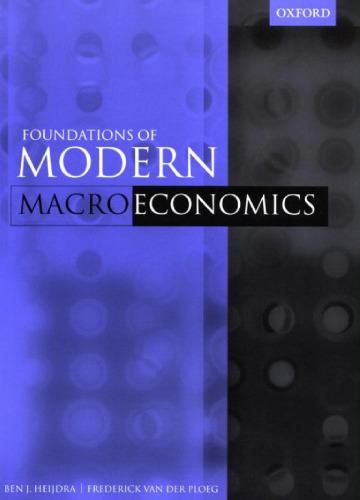Up to this point we have been somewhat inconsistent in our discussion of the economy operating under
Question:
Up to this point we have been somewhat inconsistent in our discussion of the economy operating under flexible exchange rates. The nature of this inconsistency can be gleaned by looking at the uncovered interest parity condition. Consider a domestic investor who has f 100 to invest either at home, where the interest rate on bonds is r, or in the US, where the interest rate on bonds is r* . If the investor chooses to purchase a domestic bond, he will get f 100x (1 + r) at the end of the period, so that the gross yield on his investment is equal to 1 + r. If, on the other hand, the investor purchases the US bond, he must first change currency (from guilders to dollars), and purchase US bonds to the amount of (f100x(11E0) = $100, where E0 is the nominal exchange rate at the beginning of the period (the dimension of E is, of course, f per $). At the end of the period he receives ($100E 0 ) x (1 + r*), which he converts back into guilders by taking his dollars to the foreign exchange market, thus obtaining (1 + r*)x($100E0)1E1 = f 100 x (1 + r*) x (E1lE0). Of course, the investor must decide at the beginning of the period on his investment, and he does not know the actual exchange rate that will hold at the end of the period. The estimated gross yield on his foreign investment therefore equals (1 + r*) x (E1 /E0), where Eel is the exchange rate the investor expects at the beginning of the period to hold at the end of the period. If the investor is risk-neutral, he chooses the domestic
(foreign) bond if 1 + r > ( < )(1 + r*) x (E1lE0), and is indifferent between the two investment possibilities if the expected yields are equal.
The point of all this is that the expected yield differential between domestic and foreign investments depends not only on the interest rates in the two countries (r
Step by Step Answer:

Foundations Of Modern Macroeconomics
ISBN: 9781264857937
1st Edition
Authors: Ben J. Heijdra, Frederick Van Der Ploeg






